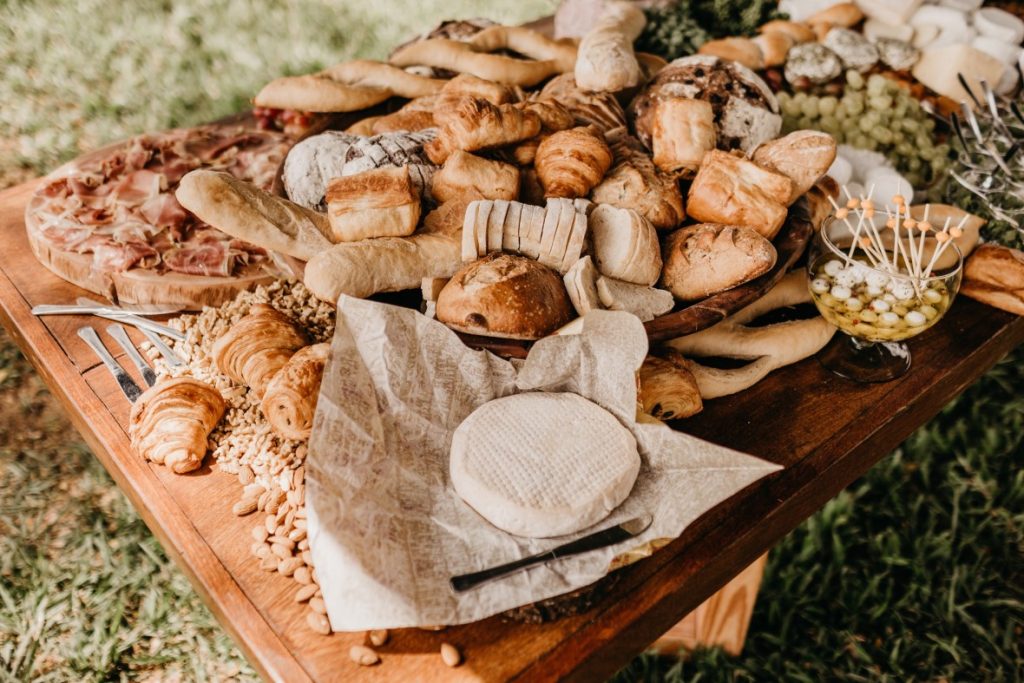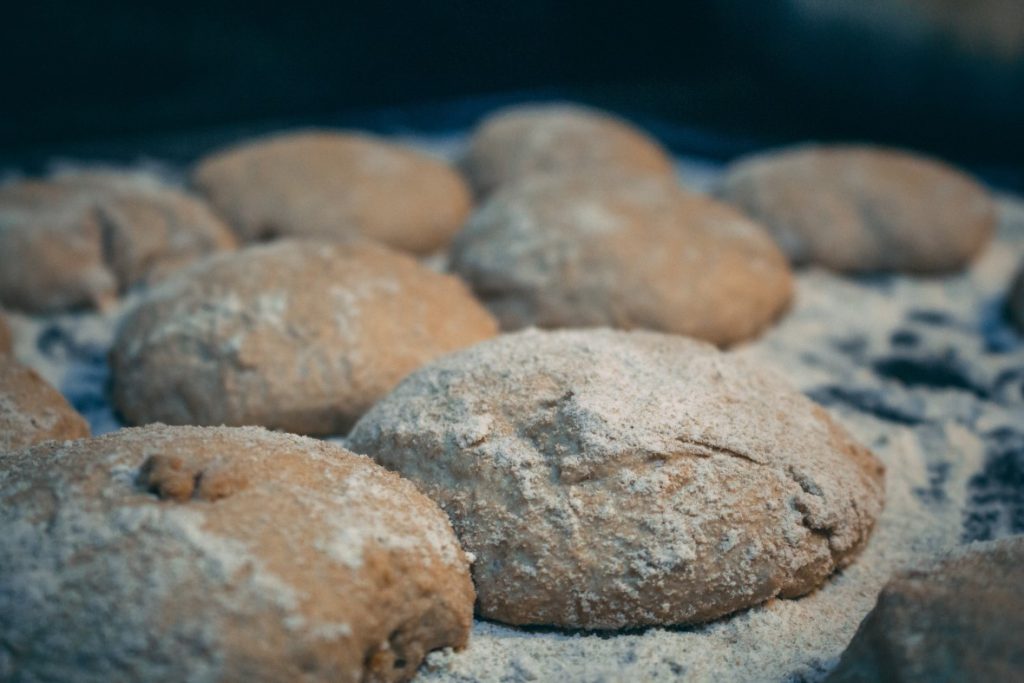
Understand the facts and functions of yeast- one of the soulmates of baking- yeast is a must for those dense breads and yummy donuts
Yeast and Baking
Yeast, as we know, breads’ soul mate. So first, let’s get to know what yeast is, how it is made, and most importantly, what is the connection between yeast and baking. So let's jump into some yeast facts!
What is yeast?
Yeast is a single-cell organism, which needs food, warmth, and moisture to thrive. It converts its' food (sugar and starch), through fermentation, into carbon dioxide and alcohol. It's the carbon dioxide that makes baked goods rise. No wonder Yeast and Baking are best friends
In other words, yeast and baking combine when yeast is added to dough, as it eats all the sugar and releases carbon dioxide which results in raising the dough and making it fluffy.
Why not read about it in a bit more detail?
Functions of yeast in baking
When we talk about functions of yeast in Baking, the main two functions would be:
1.Make the dough rise

It consumes sugar in a moist environment to give out carbon dioxide gas, this lifts and aerates the dough. Though this can be achieved using other ingredients too, in some cases, its only yeast and baking that creates the magic
2.Yeast gives Strength to the Dough

Another function of yeast is that it gives strength to the dough. As yeast produces gluten, and we want to develop as much as gluten as possible, from the prescribed amount of because it strengthens the dough and helps to hold in the gases that will make the dough rise.
3.Other functions
In all, an important function of yeast in Baking is to increase the volume, improve the flavor, texture, grain color and eating quality. To mellow and condition the gluten of the dough so that it will absorb the increasing gases evenly and hold them at the same time.
Types of Yeast
There are multiple Baker's yeast is available in a number of different forms, the main difference being the moisture contents. Though each version has certain advantages over the others, the choice of which form to use is largely a question of the requirements of the recipe at hand.
- Dry Yeast forms are good choices for longer-term storage, often lasting more than a year at room temperatures without significant loss of viability.
- Compressed yeast is a soft solid, beige in color, and best known in the consumer form as small, foil-wrapped cubes of cake yeast. It is also available in a larger-block form for bulk usage. It is highly perishable. Though formerly widely available for the consumer market, it has become less common in super markets in some countries due to its poor keeping properties.
Compressed yeast is not recommended for use in one hour or express bread machine cycles. Regular bread machine cycles are recommended. Yeast activity may decrease if it comes in direct contact with salt or sugar due to the high osmosis pressure for yeast cells. We need to remember that yeast and baking both are more of science than art
- Active dry yeast: Under most conditions, active dry yeast must first be proofed or re-hydrated. It can be stored at room temperature for a year, or frozen for more than a decade. This means that it has better keeping qualities than other forms, but it is generally considered more sensitive than other forms to thermal shock when actually used in recipes. Hence the name "active" dry yeast; and this is the property, Baking rely on.
- Instant yeast appears similar to active dry yeast, but has smaller granules with substantially higher percentages of live cells per comparable unit volumes. It is more perishable than active dry yeast but also does not require re-hydration, and can usually be added directly to all but the driest dough.
- Rapid-rise yeast is a variety of dried yeast (usually a form of instant yeast) that is of a smaller granular size. Thus it dissolves faster in dough, and it provides greater carbon dioxide output to allow faster rising. Rapid-rise yeast is often marketed specifically for use in bread machines. Not similar to instant yeast, as the myth says. It gives a stronger rise.
- Deactivated yeast is dead yeast which has no leavening value and is not interchangeable with other yeast types. Typically used for pizza and pan bread dough. It is a powerful reducing agent used to increase the extensible capability of dough. So, yeast is not only used for sweets, but also for pizzas.
Yeast and Baking- summary
In a nutshell, yeast acts as a leavening agent in baking and helps the dough and batters to rise. So it is very important to choose the type of yeast wisely for good results in the product. Also, the amount of yeast to be used in a product should be defined and limited, and it should be given time to ferment and release carbon dioxide. Yeast and Baking, the two best friends usually depend on each other but *conditions apply*










